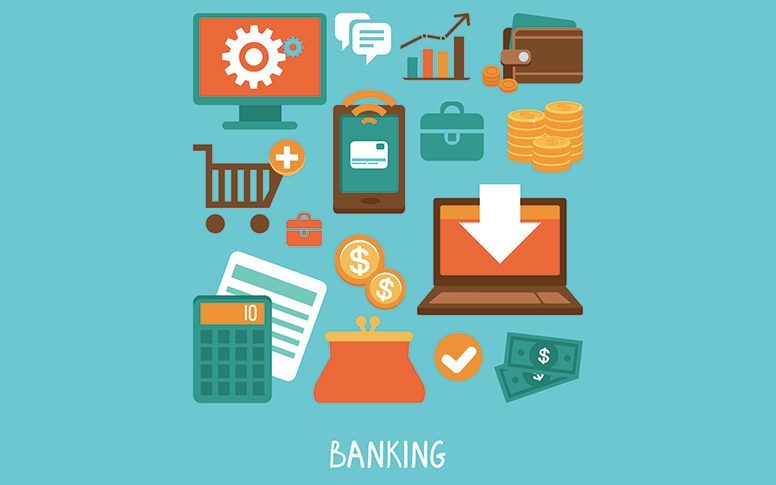Imagine a writer writing about writing. Confusing, right? The subject of writing is what the writer writes about. Still no clearer? Banks are part of a similarly confusing system in that the very product they sell is the definition of money; essentially banks buy and sell money with money. And as money is their product, they are unique in their ability to create more when required. It becomes even more confusing when you factor in multiple currencies, as well as the fact that a bank’s creation of money directly affects the price of the product (money, remember) they offer.
With its inherently unstable structure, it’s no wonder the banking industry has been subject to rapid rises and falls. Regulations are put in place to stabilise the industry, but the very nature of the competitive banking system appears to undermine the concept of stability.
On a base level, banking appears relatively simple. Banks take deposits and loan these funds, whilst making loans and creating new deposits (new money). Problems arise when one factors in the risks that come with each of these processes. Today we look at the financial system in relation to banking as an introduction to our banking series.
The financial sector is concerned with two simple things – borrowing and lending. How this happens is, however, somewhat complex. Author of ‘Banking: An Introduction’, Dr AP Faure breaks borrowing and lending into six parts.
1) Lenders and Borrowers
Lenders are those who own surplus economic units and wish to use that surplus to earn as much as possible from lending. Borrowers, on the other hand, are in need of economic units and have a goal of paying the minimum amount on money borrowed.
2) Financial Intermediaries
Often between lenders and borrowers are Financial Intermediaries. Financial Intermediaries represent both sides and thus are subject to their own risks. Their aim is to maximise profits by paying lenders the least amount for lending and charging borrowers as much as possible for borrowing.
3) Financial Instruments
Essentially, Financial Instruments are the contracts created to establish that one party gains from the sale of an asset, whilst the other party is financially liable for the purchase. An invoice is probably the simplest example. Borrowers issue contracts, or ‘securities’, as evidence of debt or shares, and the return on the securities can be fixed or variable. A date is set by when the debt must be repaid in full.
4) Money Creation
As mentioned previously, banks have the ability to create their own deposits. If loans are in demand – poof – money can be created. The central bank controls the rate in which money is created.
5) Financial Markets
Financial Markets are the marketplaces, such as the New York Stock Exchange, in which financial instruments (our contracts, remember) are issued and traded.
6) Price Discovery
In the Financial Markets, the price of shares and debt (interest rates) are discovered (really determined) by supply and demand.
Next time we cover the principles of banking, as well as some of the issues affecting the banking sector. If you’re interested in studying accountancy, get in touch and find out what qualifications match your career aspirations.


















